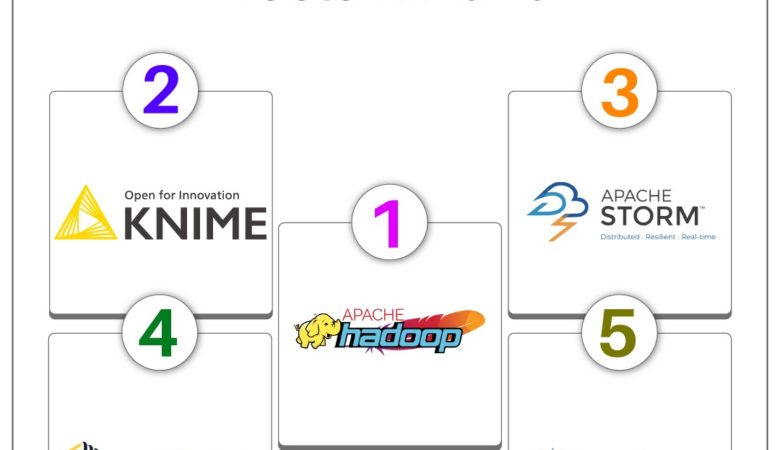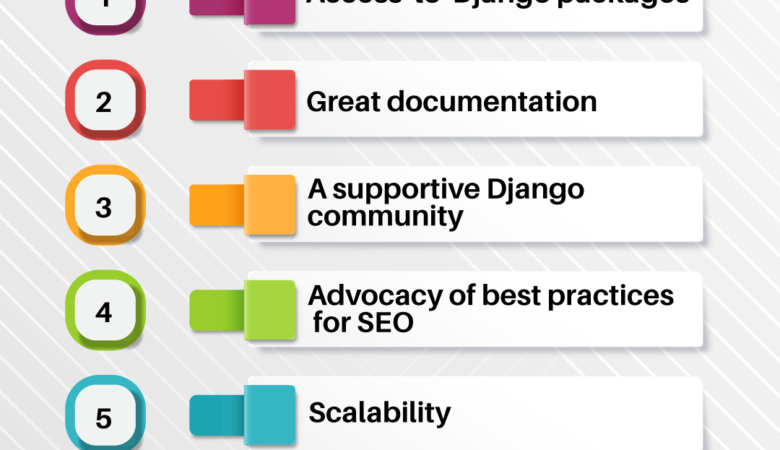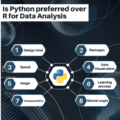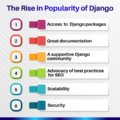
We all know Python has replaced Java as the most used language in 2017 despite its low speed. If you are planning for a career in web development, web applications, data science or game development in Python, or if you want to learn it for fun, let’s learn more about it.
Before deep-diving into the frameworks of Python, the type of web framework to be chosen depends on the size and the complexity of the project. If you are looking at a full-scale web application to include varied complexities, go for a full-stack platform. But if you want to build small applications you can start with microframeworks.
Full-stack development –
The most used full-stack framework for web development is Django in Python. It’s a fully-equipped, open-source and the architecture can be easily customized using the various libraries available. It not only caters to enterprises but also promotes individual projects, regardless of the size.
Web2Py
This is an open-source full-stack development tool for fast, scalable, and portable database-driven web applications. Web2py focuses on security, development speed, and ease of use. It offers a lot of features out of the box: a web server, database, admin panel, wiki or grid widgets. Highly inspired by Ruby On Rails and Django, it has the best of both. If you are bored of either, try your hands on Web2Py.
Microframeworks –
Flask to microframeworks is what Django is for full-stack. The most popular Python framework, it is analogous to Django when it comes to microframeworks. Flask is the best alternative for a medium level project when Django is too big to use. It also gives the additional benefits of the incorporation of complicated features.
Pyramid – Start small but finish big
A maximum code with minimum complexity is the main goal of this framework. If all you want is to build small web applications rapidly, use Pyramid and later convert them into large ones using Python. This is the easiest way to start building applications without being an expert in Python. Some of the famous applications that are built on the Pyramid are Yelp and SurveyMonkey.
CherryPy
It allows the creation of a web application in the same way as an object-oriented language Python would. Even though it is a microframework, it gives the developer the flexibility to decide to solve problems as in when they come.
BottlePy
It is a small scale or minimalistic web framework for building up simple applications. It is small, fast and is well suited for RESTful services. It is a single framework without dependencies. If you are a beginner to web development, trying your hands on Bottlepy would be a good start. In fact, those immersive Netflix web interfaces have been built on Bottle.
Dash
An open-source micro-framework best suited for analytical web applications. Built on top of the other microframeworks like Flask, Plotly.js, React and React Js makes it very suitable for data analysts and scientists. With high flexibility of usage, it has a simple interface for UI/UX for easy understanding.
Turbogears
There are two versions of Turbogear. Turbogear 2 is the latest version and is a full-stack framework. Easy development of single-file applications – it allows the flexibility to turn it into full-stack projects. Built to overcome the frustrating features of Django and TurboGear1, it rectifies the pain points of both and is built on one of the best frameworks.
But choosing frameworks for web development needs to be carefully assessed based on one’s needs and experience with the language. For someone experienced, the best way to go about is trying hands-on with all the frameworks to choose the appropriate one. While for beginners, its to learn Python first and then try the microframeworks to build mini social networking sites, chat interfaces or something one wishes to build.








Leave a Reply